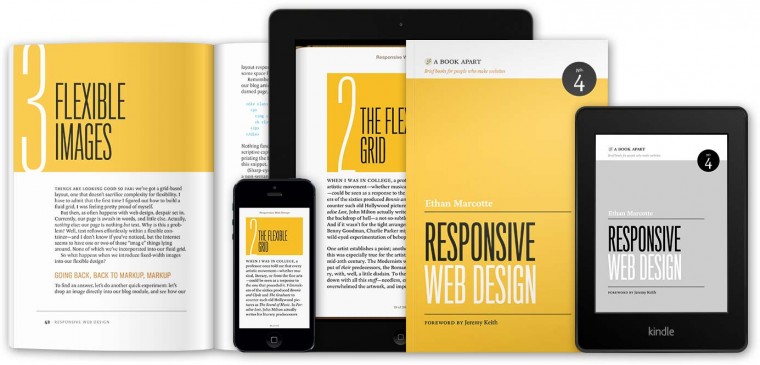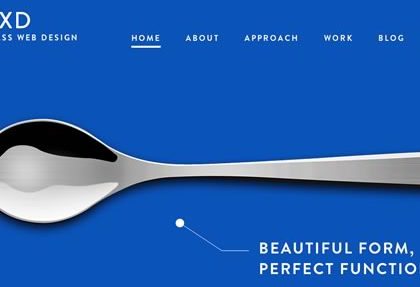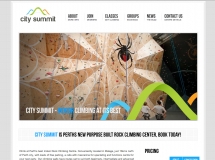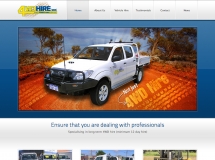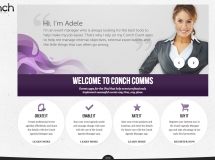Responsive Web design has been around for some years now, and it was a hot topic in 2012. Many well-known people such as Brad Frost and Luke Wroblewski have a lot of experience with it and have helped us make huge improvements in the field. But there’s still a whole lot to do.
In this article, we will look at what is currently possible, what will be possible in the future using what are not yet standardized properties (such as CSS Level 4 and HTML5 APIS), and what still needs to be improved. This article is not exhaustive, and we won’t go deep into each technique, but you’ll have enough links and knowledge to explore further by yourself.
The State Of Images In Responsive Web Design
What better aspect of responsive Web design to start off with than images? This has been a major topic for a little while now. It got more and more important with the arrival of all of the high-density screens. By high density, I mean screens with a pixel ratio higher than 2; Apple calls these Retina devices, and Google calls them XHDPI. In responsive Web design, images come with two big related challenges: size and performance.
Most designers like pixel perfection, but “normal”-sized images on high-density devices look pixelated and blurry. Simply serving double-sized images to high-density devices might be tempting, right? But that would create a performance problem. Double-sized images would take more time to load. Users of high-density devices might not have the bandwidth necessary to download those images. Also, depending on which country the user lives in, bandwidth can be pretty costly.
The second problem affects smaller devices: why should a mobile device have to download a 750-pixel image when it only needs a 300-pixel one? And do we have a way to crop images so that small-device users can focus on what is important in them?
TWO MARKUP SOLUTIONS: THE <PICTURE> ELEMENT AND THE SRCSET ATTRIBUTE
A first step in solving the challenge of responsive images is to change the markup of embedded images on an HTML page.
The Responsive Images Community Group supports a proposal for a new, more flexible element, the <picture> element. The concept is to use the now well-known media queries to serve different images to different devices. Thus, smaller devices would get smaller images. It works a bit like the markup for video, but with different images being referred to in the source element.
The code in the proposed specification looks like this :
<picture width="500" height="500">
<source media="(min-width: 45em)" src="large.jpg">
<source media="(min-width: 18em)" src="med.jpg">
<source src="small.jpg">
<img src="small.jpg" alt="">
<p>Accessible text</p>
</picture>If providing different sources is possible, then we could also imagine providing different crops of an image to focus on what’s important for smaller devices. The W3C’s “Art Direction” use case shows a nice example of what could be done.
For the full article, go to: http://mobile.smashingmagazine.com/2013/05/29/the-state-of-responsive-web-design/

